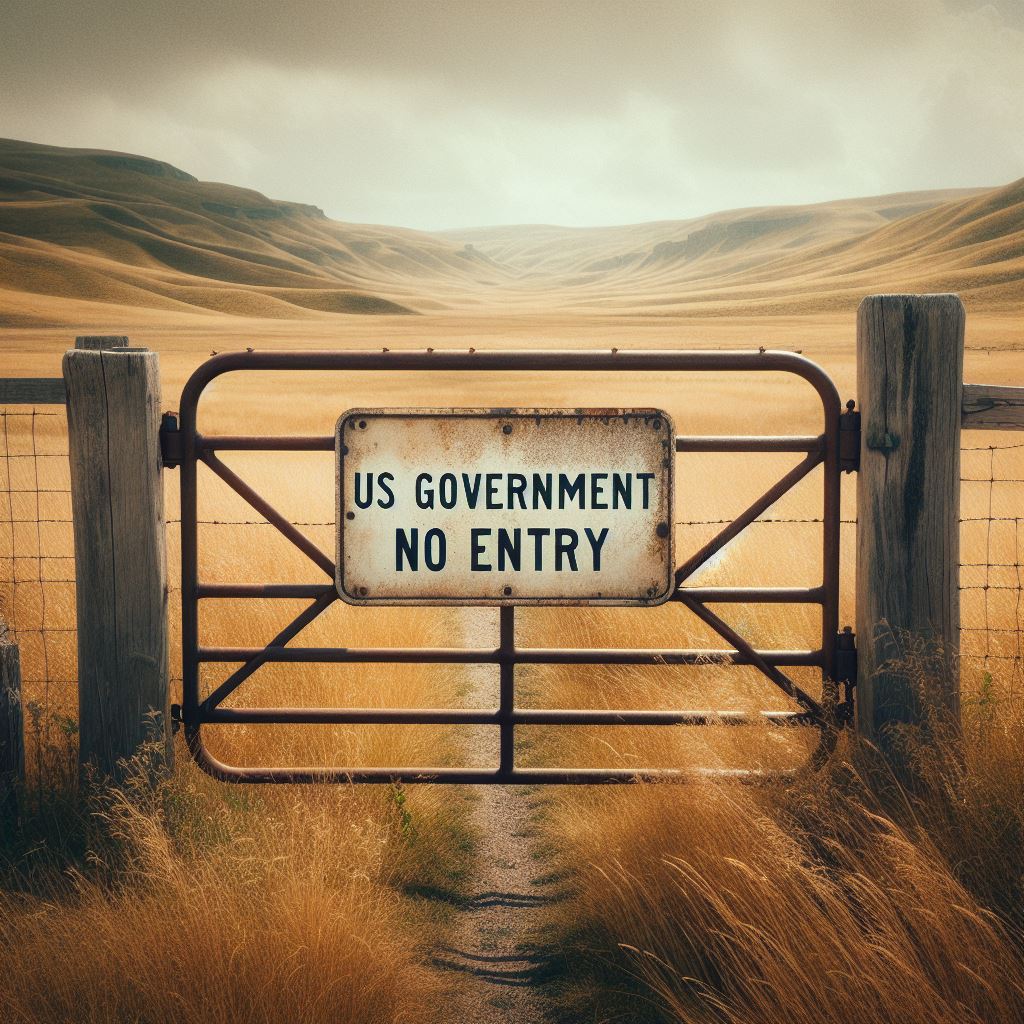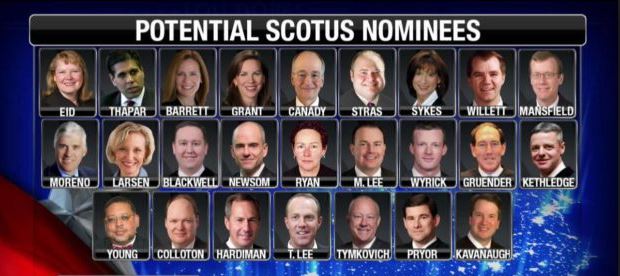The Uses and Abuses of Federal Land
The Biden administration has continued the modern Democratic tradition of perverse federal land use policy.

William Perry Pendley
The American Conservative
It comes as a surprise to most Americans that the federal government owns nearly one-third of the nation’s land mass, in excess of 640 million acres. (It also owns 1.7 billion acres of the Outer Continental Shelf (OCS), but that is another story.) Most know of the National Park Service in the Department of the Interior and its 80 million acres of parks, preserves, reserves, monuments, memorials, historic sites, battlefields, and recreation areas, in every state. Many Americans may be familiar with the 141 national forests, managed by the U.S. Forest Service from the Department of Agriculture, spread across 43 states and 193 million acres. Less known is the Fish & Wildlife Service, also in Interior, and the 89 million acres of its National Wildlife Refuge System in all fifty states. Few Americans outside the West, however, are aware of the Bureau of Land Management, the original “BLM,” another Interior agency, which manages 245 million acres, mostly in the eleven western states and Alaska.
Those agencies manage 95 percent of federal land. Most of the rest is held by the Department of Defense: 11 million acres by its departments and 12 million acres by the Army Corps of Engineers, dating to 1775, for the 456 lakes it manages for water control and recreation in 43 states. Numerous other federal agencies manage the residual federal land holdings.
Most federal land is in the American West. Over eighty percent of Nevada is federally owned; Alaska, Idaho, and Utah are not far behind with over sixty percent federal land ownership. Three states (California, Oregon, and Wyoming) are just under or slightly over fifty percent federally owned; a third of three Mountain West states (Arizona, Colorado, and New Mexico) is federal land; and a quarter of the two remaining states (Montana and Washington) is held by a federal landlord.
The contrast with non-western states is jarring. In five eastern states, federal land does not break a percent; in another 20, less than five percent is federally owned; in ten, federal land represents five to ten percent of the land mass; and, in only three (Florida, New Hampshire, and Hawaii) is federal land ownership in the teens. Worse yet for rural westerners, some counties are majority owned by the federal government: Garfield County, Utah (larger than Connecticut), 89 percent; Mineral County, Montana, 81 percent; and Josephine County, Oregon, 67 percent.
Early on, the Founders intended that all federal land be sold other than those “places purchased by the Consent of the Legislature of the State in which the same shall be, for the erection of Forts, Magazines, Arsenals, Dock-yards, and other needful Buildings”; hence the creation in 1812 of the General Land Office. In time, however, Congress, with exclusive constitutional responsibility for federal land, thought otherwise. In 1872, for example, Congress withdrew from sale and set aside Yellowstone National Park as a “pleasuring-ground for the benefit and enjoyment of the people.” Meanwhile, recognizing the public’s need, not just for “pleasuring-grounds,” but also for natural resources and economic activity, that same Congress enacted the General Mining Law allowing entry onto and location on federal lands for discovery of valuable minerals and location of mining claims.
The same conservation ethic of “wise use” that led to the nation’s first park resulted, in time, in the creation of national forests. In 1891, Congress passed the Forest Reserve Act, under which President Benjamin Harrison withdrew and set aside “forest reserves,” opening with the Yellowstone Park Timberland Reserve, to protect the lands, ensure water flows, and promote timber harvesting. In 1907, Congress limited the president’s authority to designate unilaterally what it then labeled “national forests.” In 1960, Congress expanded the purposes served by those national forests, adding recreation, livestock grazing, and wildlife and fish habitat. Moreover, declared Congress, forests must be managed for “multiple-use [and] sustained-yield” to “best meet the needs of the American people.”
Over the years, Congress recognized that other federal lands were special and should be set aside for unique and limited purposes. For example, the Wilderness Act of 1964 allowed for the preservation of wilderness areas “where man himself is a visitor who does not remain.” The Wild and Scenic Rivers of 1968 protected wild, scenic, and recreational rivers. In 1973, the Endangered Species Act, which authorized listing species as “endangered” or “threatened,” permitted declaring habitats on federal land as critical to the survival of those species.
In 1976, responding to a 1970 report by a bipartisan, blue-ribbon panel, Congress passed the “BLM Organic Act,” setting policy for the agency created in 1946 by President Truman when he merged the General Land Office and Grazing Service. Congress, as it had for the U.S. Forest Service, codified multiple-use and sustained yield management of BLM’s 245 million acres, but recognized its statutory obligation to protect natural, historical, and cultural resources. Notably, Congress declared public lands were to be retained in federal ownership ending the disposal era.
Through the decades, federal—or public—lands policy was not partisan, although it exposed a battle of wills between the executive and Congress, with the latter reasserting its dominant constitutional role. That ended with President Jimmy Carter, who, beholden to environmental groups that supported his election, adopted federal land policies consistent with their demands, much to the horror of western governors (most of whom were Democrats). President Ronald Reagan campaigned against this “War on the West,” declared himself a “Sagebrush Rebel,” and, on taking office, quelled the rebellion by reversing Carter’s policies. President Bill Clinton resumed Carter’s “War on the West,” epitomized by his introduction of wolves into the states bordering Yellowstone National Park; the decreed death of a world-class mine in Montana; and the designation of a vast national monument in Utah over the objections of Utah leaders—but with the support of the Hollywood elite. President Barack Obama reinstated the anti-economic federal lands policies started by Carter and amplified by Clinton.



